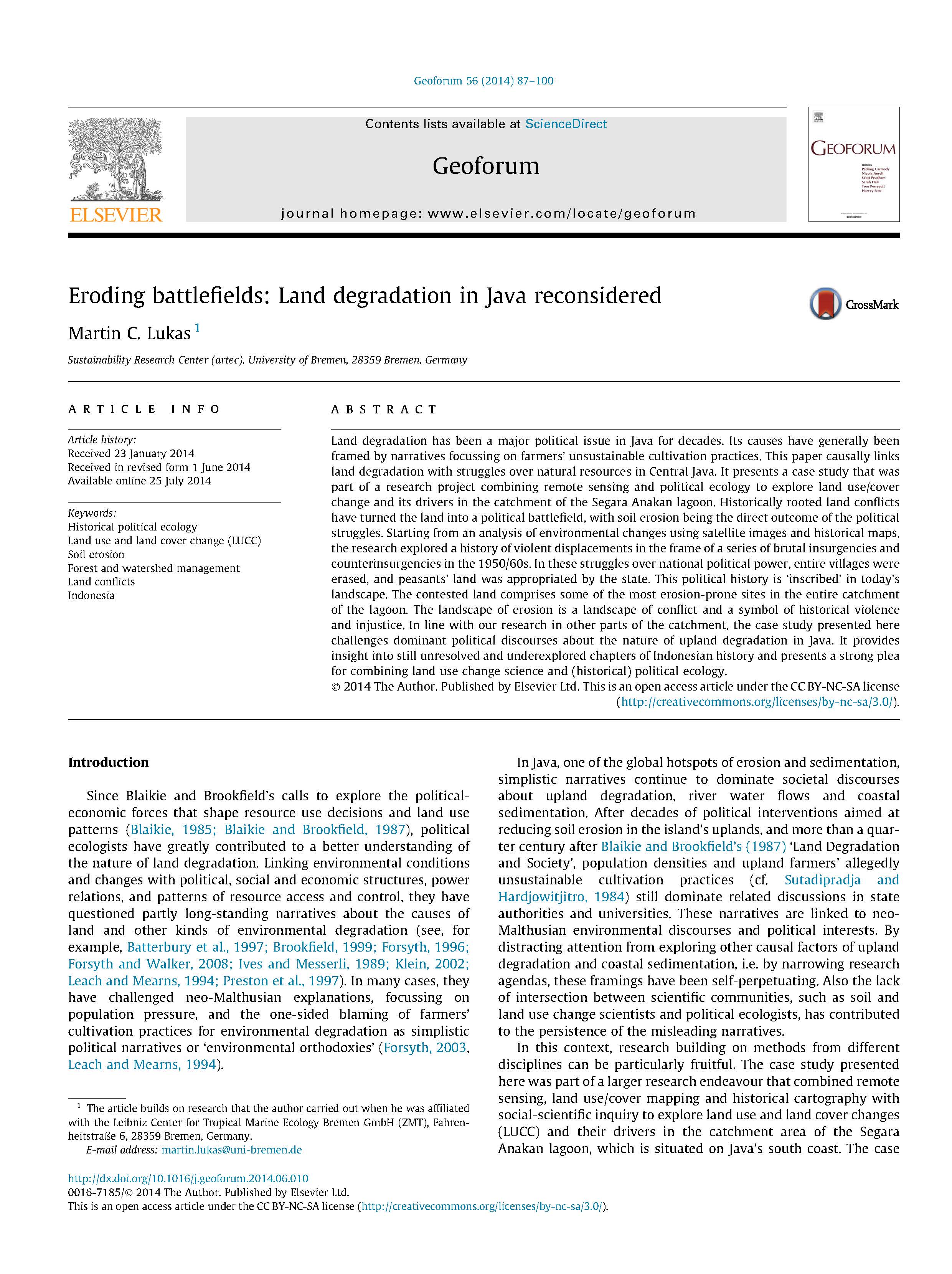Influence of canopy height model methodology on determining abandoned agricultural areas
Determining areas affected by forest succession is one of the main tasks aimed at shaping rural areas. Effective determination of the parameters of the dynamics of forest succession in areas used for agriculture is the basis for understanding the phenomenon of land cultivation abandonment. Understanding it allows to implement a proper policy limiting the negative effects of giving up agricultural production. There are many methods to determine forested areas. The most popular group of the methods includes those that rely on the use of LiDAR data.









